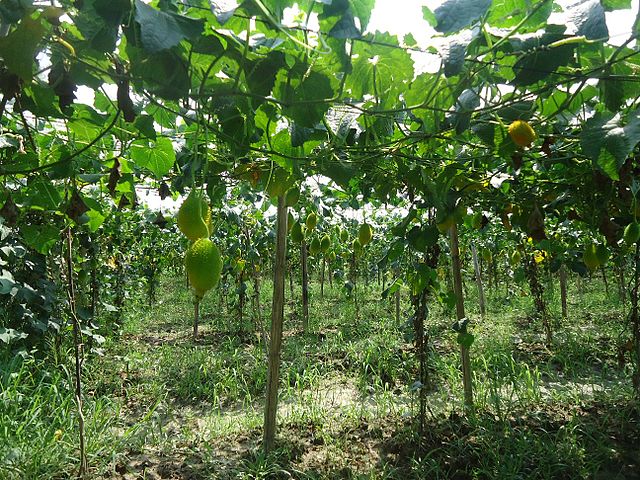At a time when food systems contribute 31% of greenhouse emissions, climate advocates are seeking redress at the COP28 summit in Dubai.
Joao Campari, head of the World Wildlife Fund’s food practice section said that food systems consume almost the entire global carbon finance.
“We need to implement food systems approaches throughout COP28,” he said.
The greenhouse reduction target is a 1.5-degree centigrade limit, a near impossibility, hence the agitation to declare a climate emergency. The United Nations Environmental Programme (UNEP) defines climate emergency as rising global temperatures above the pre-Industrial Age’s 1.1 degree Celsius minimum.
The U.S. National Oceanic and Atmospheric Administration (NOAA) says that July 2023 was 1.12 degrees Celsius warmer than normal. It was also the warmest July in 174 years.
Game-changer on Agriculture
For the above reasons, the United Arab Emirates says that on December 10, focus will be solely on agriculture, a COP first. Hence, the host has described the ongoing conference of the Parties (COP) ‘a game-changer’ for sustainable global agriculture.
One such game-changer will be the discourse on the Nationally Determined Contributions (NDC), the main focus of climate hecklers.
In fall 2022, only 53 of 164 nations that presented their NDCs to the UN apportioned contributions to green agriculture. This is per global researcher of food security, CGIAR.
It is also apparent that only 4.3% of the world’s climate funds for the years 2019-20 went into food systems.
This is why discussion of a climate-adherent food production system is bound to be a game-changer at the Dubai meet.
U.S. To Promote Sustainable Farming
The United States, a major greenhouse emitter, has also said it will join forces with the Dubai declaration to promote sustainable farming.
This statement came from the Secretary of State Anthony Blinken at the start of the COP28 summit.
By practicing sustainable agriculture, the United States will be cleaning its poor agricultural emissions’ record. According to FAO, the U.S. ranked fourth among agricultural emitters in 2018, with 360 million tonnes of carbon dioxide emissions.
What are Agricultural Emissions and Who are the Top Emitters?
Agricultural emissions refer to carbon released to the environment from farming, livestock and retail food production activities.
The main sources of carbon in farming are pesticide use, fertiliser application, deforestation, waste discharge and burning land.
In 2018, these aggregate activities contributed 9.3 billion carbon dioxide equivalent, globally.
Livestock manure fermentation and methane release in food factories also contribute greatly to carbon emissions in food systems.
Demographically, the top 3 agricultural greenhouse emitters are all in the BRICS group of nations. They include India, China and Brazil, which collectively represent 1100 million tonnes of carbon dioxide equivalent.
In short, the COP28 is on course to becoming a “game-changer” with its focus on agricultural carbon.
